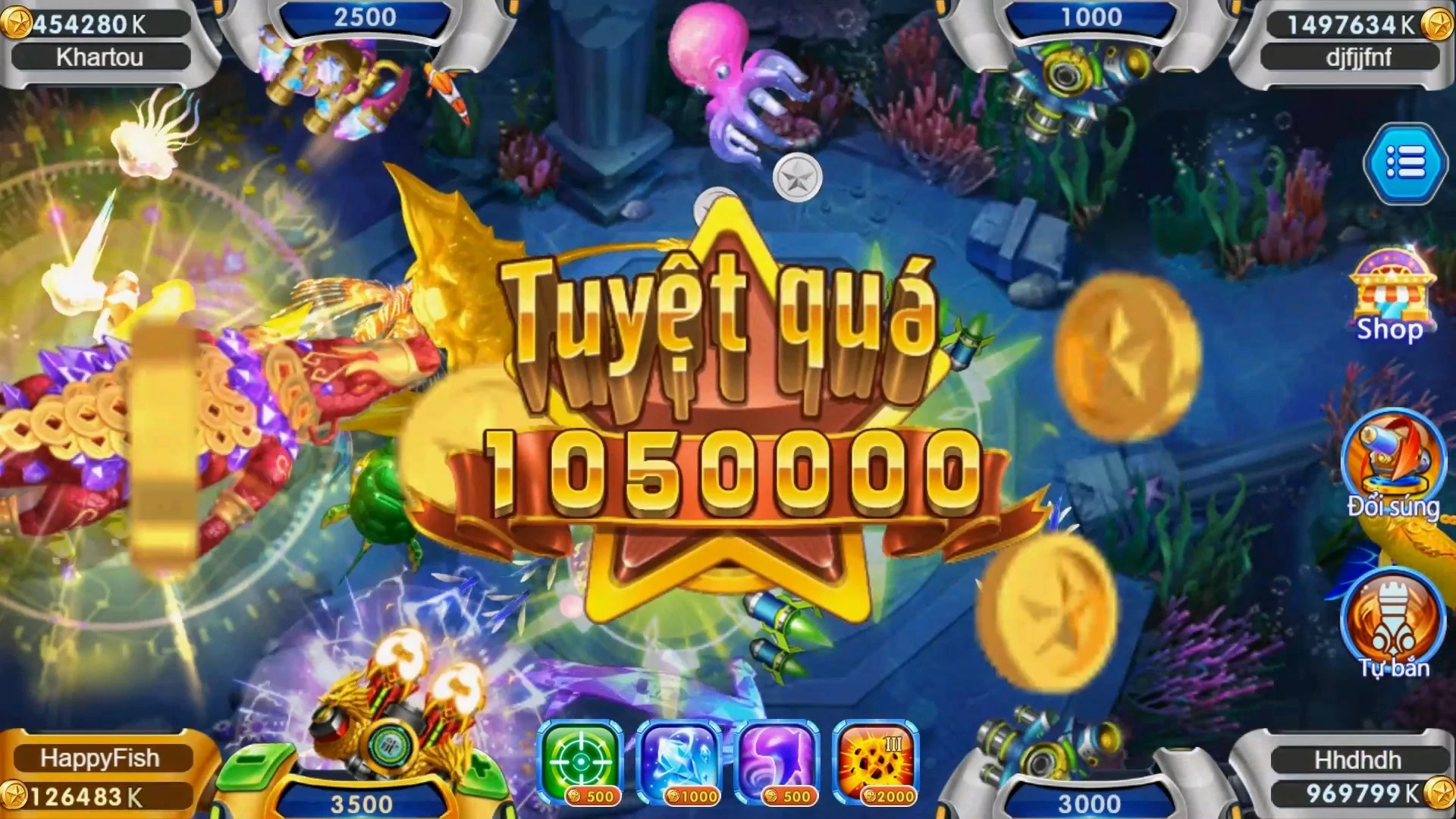Introduction to Adventure Games and Why Hyper-Casual Fits the Trend
In recent years, hyper casual games have stormed onto the mobile gaming scene with their simplicity, speed, and surprisingly addictive nature. But where does the idea of adventure come into play within these fast-moving formats? In this piece, we dive deeply into how adventure games, traditionally rich in narrative, intersect—and sometimes even collide—with this minimal, instant-entertainment model.
The Evolution of Adventure Gaming from Complex Worlds to Micro Journeys
Gone are the days when adventuring required you to download hefty files, master a convuluted map or decipher lore spanning 4 books worth of exposition. The latest genre mutation—hyper-casual adventure games–has made storytelling bite sized, accessible during bathroom breaks and lunch hour distractions without losing the essential thrill of exploration. Think of it as "the journey condensed," not just simplified but reimagined.
| Old-school Adventure Game | Hyper-Casual Twist |
|---|---|
| Requires deep immersion & strategy | Instant pick-up play in 2 seconds |
| Complex character arcs | Silly yet instantly iconic personas (eg: potatoes gone rogue) |
The Surprising Appeal for All Ages—and Yes, Especially Adults Too
No game format seems more child-centered at first glance—yet adults find joy here that other forms deny us. Maybe because modern life rarely grants full mental escapes anymore; maybe the short gameplay feels oddly therapeutic in the era of doomscrolling. Whatever it is—the line between hyper casual games players isn't drawn by age, it's blurred on purpose.
Familiar Mechanics That Feel Refreshingly New:
- "Tap, Tilt, Slide" – Minimal control = Maximum focus elsewhere
- Variation Without Overcomplication - Like Mr and Mrs Potato Head changing destinations daily instead fo seasons or campaigns
- Bite-size Story Progression - You don’t complete a saga—you start new micro-stories regularly.
What’s Behind “Fast-Paced?" It Isn’t About Winning—it Feels Different Every Time
If traditional games make you solve puzzles in fixed rooms, hyper-casual adventures give you tools while hiding what the real puzzle is until you accidentally trigger it—or worse, walk right past!
“It didn't feel ‘played.’ Felt like I tripped through some kind of cartoon chaos. Then realized it was designed."
The pacing mimics how often people get interrupted these days—and perhaps why users come back over and over despite barely finishing each episode.
Hyper Casual Design: How Much Depth Should It Even Carry?
| Game Type | Narrative Needs | User Behavior Expected |
|---|---|---|
| Adventure-RPG | You build an identity; story is destiny. | Dedicated, multi-day session usage expected |
| Rhythm Runner + Dialogue | Characters have arcs… if unlocked over weeks via daily login | Moderate stickiness but no obsession necessary |
- Boss levels become memes after two plays;
- Your avatar becomes absurdly weird looking by design;
...and still keeps your thumb swiping next round.
Case Study: Exploring the 'Digimon Digital World’ Style Adaptations Within Hyper Formats
If there’s one brand known for its narrative depth—yes, including emotional losses, moral dilemmas, and entire timelines shifting around your digital pet-Dino—is Digimon. But now imagine that complexity scaled down, not cut away entirely: welcome “digimon digital story mobile game wiki"-trending variations doing battle inside 5-minute encounters that still reference classic evolution chains.
- Evolving a Digi-Mon no longer takes episodes—now just combos unlocked mid-slime dodging
- The old partner bond replaced by a random AI ally spawning when ads finish playing.
Crazy? Kind of works, though. Because the core experience is less "tame the wild" and more "catch fire, dash across screen, survive somehow" — which is oddly consistent thematically. A clever twist of legacy meets snack culture.
H2 Missing: The Hidden Complexity Behind “No Real Goal"
Wait. There has been no actual discussion of winning. That’s intentional.Hacking Into Engagement: Gamification Tricks Unique to Casual Adventure Mobile Experiences
Key Point: They Never Ask You to Beat Them. Only To Come Back.
The best of these titles aren't built around difficulty—they're constructed on comfort. No pressure to "master", never truly punished unless auto-lock occurs due to network timeout (and then, they wait!). These mechanics are deceptively genius—reaching out not just to our dopamine pathways—but offering respite. Not excitement necessarily—but relief.In-game currency reset every few sessions? Smart fatigue-reduction system disguised as progress loop
Cultural Echoes: From ‘Mr. & Mrs. Potato Head' to Virtual Family Adventures in Miniature
| Micro-Rewards per Level: Coins earned, skins added randomly | Pavlovian triggers that work. |
| Daily Challenge Systems: | Don’t need completionism — only participation |
This type of adaptation—loose and chaotic on outside, strangely warm beneath—reflects the direction mobile developers increasingly embrace for family segments especially. A blend of nostalgic branding mixed into quick burst interactivity equals unexpected retention patterns for non-core gamers too. The Dark Side: Addictiveness That Might Sneak Up on Non-GamersBecause so much time is saved by avoiding menus, quests pages, tutorials or long load animations… many non-traditional users get stuck longer than they intended without ever feeling "invested"—just entertained in the moment. This makes certain mobile casual adventure hybrids particularly hard to put down unintentionally, especially among casual web users not used to structured attention-grab tactics.
Where Does This Genre Go Next: Can Casual Ever Lead Serious Innovation?Conclusion & Looking Ahead: What Keeps Making Users Return?
We’ve covered quite the terrain—from ancient epic-style sagas transformed through pixel art revival styles up through potato-shaped vacation mishaps with questionable physics but high re-share appeal on TikTok feeds. So, why again are millions returning to play hyper casual twists on adventure themes ? Simple. It hits a nerve we don’t even expect exists: |
||||||



